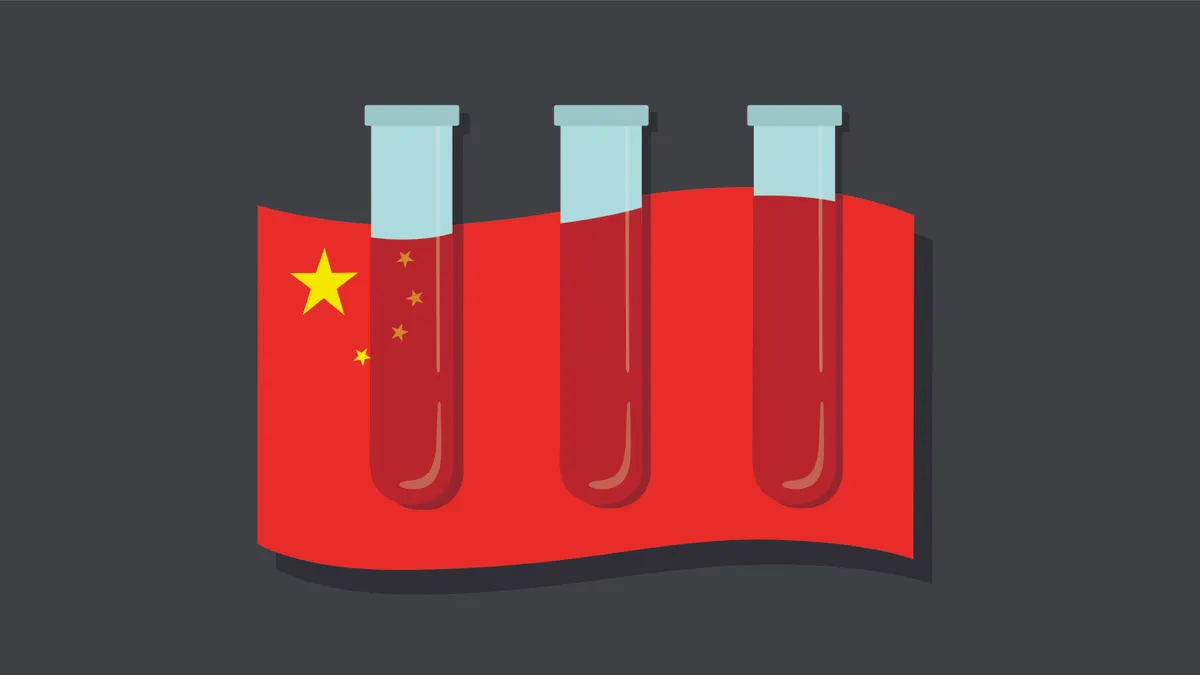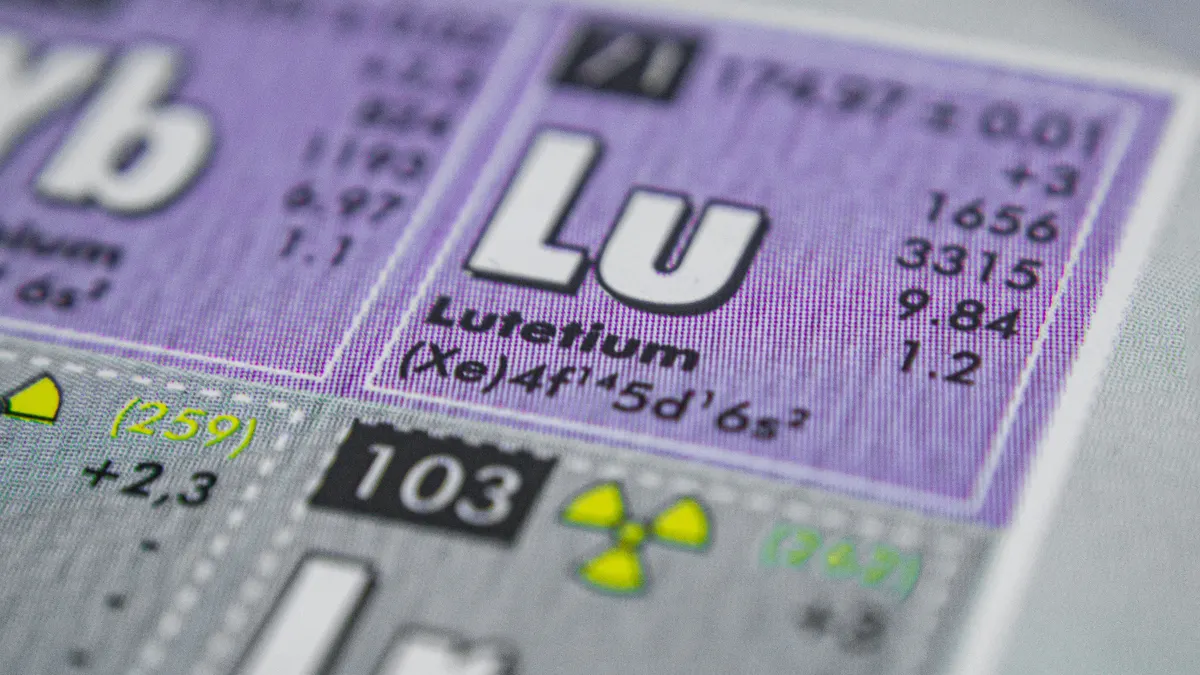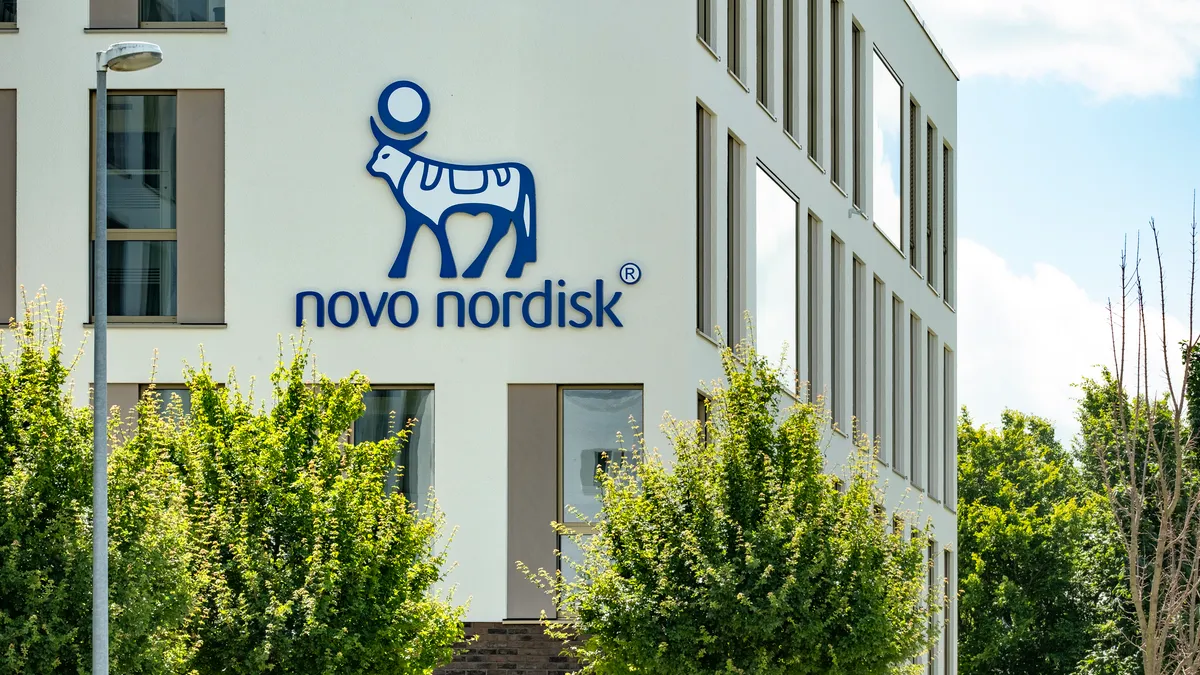In the booming Chinese metropolis of Shanghai, about six hundred scientists employed by the Swiss pharma Novartis AG are working to develop a new pipeline of medicines with the world’s largest population specifically in mind.
Novartis' research center in Zhangjiang Hi-Tech Park, one of three main global R&D hubs for the company, is just one of the many big pharma outposts located in China — a collective bet by the industry that "Made in China" will give way to "Discovered in China."
Despite years of investment, however, multinational drug firms have yet to deliver a wave of innovative, China-specific therapeutics.
Recent reforms by the government should help lower some of the hurdles that have historically stood in the way of developing new drugs in China. And a new crop of local biotechs speaks to an appetite from China Inc. for a larger role in the global pharmaceutical supply chain.
Still, it will be some time yet before cities like Shanghai and Suzhou stand alongside global R&D hubs like San Francisco, Cambridge, Massachusetts. and Basel, Switzerland. Changes in the regulatory environment will hasten progress toward that goal, but won't make up for years of low investment into innovative R&D overnight.
Second largest drug market
It's easy to see what has driven investment into China so far. The country is the second largest healthcare market by spending, and demand for specialty medicines in areas like cancer and liver disease has risen.
While growth is expected to slow over the next five years, China will still represent the largest single commercial opportunity outside of the U.S. — an enticing prospect for pharma companies on the hunt for new sources of revenue.
But a crawling regulatory process has kept many drugs approved elsewhere from Chinese patients.
From 2001 to 2016, for example, the U.S. Food and Drug Administration approved 433 new drugs. Only 133, or about one third, of those drugs have been marketed in China, according to recent comments made by Bi Jingquan, the current head of the China Food and Drug Administration (CFDA).
Many drugs have faced delays of five to seven years to secure a marketing license in China, spurring some Chinese citizens to travel abroad to purchase drugs.
"The lengthy clinical pathway for a novel product is the major hurdle for multinational pharmaceutical companies."

Sam Ying
General manager, INC Research/inVentiv Health, commercial division, Greater China
It's not just approvals, either. In the past, foreign drugmakers have struggled to secure regulatory OK to initiate Phase 1 studies — the building block of clinical development — and China has previously refused to accept clinical trials generated abroad until drug candidates advanced into later stages.
This necessitated companies replicate studies in China to gain approval there, adding years to development timelines. Roche’s Avastin (bevacizumab), for example, was approved in the U.S. in 2005, but didn't secure a green light in China until 2010.
"The lengthy clinical pathway for a novel product is the major hurdle for multinational pharmaceutical companies to enter the China market," said Sam Ying, general manager of INC Research/inVentiv Health’s commercial division in the greater China region.
Pharma pullback
Recent research site closures from Eli Lilly & Co. and GlaxoSmithKline plc also underscore how the story of pharma in China is not one of ever-multiplying expansion, nor one immune to global restructuring flows.
In August, GSK closed its neuroscience R&D center in Shanghai and said it would consolidate some of those functions to a site in Philadelphia.
One month later, Lilly said it would close its China R&D Center, also located in Shanghai, as part of a global cutback. The site originally opened in 2012 and was focused on developing new diabetes medicines "tailored specifically for the Chinese population," as the company explained at the time.
Novartis' efforts in China haven't been without retrenchment, either. The drugmaker closed down a small biologics group based in Shanghai last fall as part of a larger rebalancing that also saw a research group in Singapore consolidated to Novartis’ Emeryville, California, site.
The moves by all three companies were clearly part of a broader reorganization. But the pullback does suggest pharma companies are being more discerning in where they invest R&D dollars in China.
Still, Novartis remains bullish on the prospects of China-based R&D. "Drug discovery is becoming more mature in China and there is a wave of innovative R&D here," said En Li, head of the China Novartis Institutes for BioMedical Research (CNIBR). "In the next 5 years, we will see more first-in-class drug candidates being developed in China."
A drug candidate for nasopharyngeal carcinoma wholly developed by CNIBR scientists entered the clinic last fall and the company says it has 15 drug discovery projects currently progressing.
Supply-side reforms
New policies announced this month should help accelerate both research and clinical development in the country, easing the regulatory burden on drugmakers, both foreign and domestic.
Changes will be most notable in clinical development. While full details have yet to be spelled out, China will now move to more widely accept clinical data generated abroad. Depending on how changes are implemented, this will cut down the need for duplication and allow drugmakers to more readily include China in global studies.
"You will see more new drugs getting registered to commercialize in the China market."

Sean Cao
Managing director, C-Bridge Capital
The CFDA will also drop a requirement that clinical trial facilities be certified by the regulator, likely expanding the pool of potential study sites from the hundreds into the thousands — eliminating bottlenecks.
These changes could have a significant impact on how multinational drugmakers approach the Chinese market.
"On the clinical development side, the multinationals will put more effort there so that [for] many of the new drugs in the pipeline, you will see more and more parallel clinical development in China as part of global studies," explained Sean Cao, managing director at C-Bridge Capital and a former Sanofi exec. "You will see more new drugs getting registered to commercialize in the China market."
An increased emphasis on patent protection may be just as important as speeding up approvals. For drugmakers, a guarantee of a protected market is essential to ensuring R&D investment returns sizable profits in the future.
On that count, China’s support of linking patents to drug approvals and intent to explore so-called patent restoration should also be encouraging.
Ying says the reforms are good news for multinational pharma companies and also demonstrate the growing confidence China has to compete internationally.
"These policies will encourage biopharmaceuticals innovation and accelerate the approval process for new medicines," Pfizer, Inc. said in a statement on the changes. "They will also pace the way for China's integration into the system for multiregional clinical trials that supports global drug development."
Capacity restraints
Policy changes, though, won’t unstick a gummed up regulatory process overnight. Some reforms are experimental, and the CFDA will still have to implement the policies spelled out by the government. The initial push to overhaul regulations began several years ago and will likely still take some time to play out.
Opening the door will also test the CFDA's capabilities. Its office for drug review, for example, currently employs around 600 staff, according to a recent speech by the CFDA's Jingquan. While that figure is up from about 100 employees five years ago, it is only a tenth of the nearly 6,000 employees at the U.S. FDA's Center for Drug Evaluation and Research (CDER) and the Center for Biologics Evaluation and Research (CBER).
And while the reforms should do much over time to bring China's regulatory environment up to par with that of the U.S., EU and Japan, a new spurt of foreign investment into drug discovery in China may not be around the corner just yet.
Lan Huang, CEO of cancer biotech BeyondSpring Pharmaceuticals, thinks large foreign drugmakers might see it as more worthwhile to focus on clinical development than on drug discovery sourced exclusively from Chinese labs.
On the domestic side, China's pharmaceutical sector also lags in R&D investment. As a country, China spends less on R&D than the budget of several large pharma companies taken alone.
In his speech on the new policies, Jingquan highlighted this imbalance as evidence of the distance China still needs to go to match levels of other major countries.
Emerging biotech
Green shoots of an emerging Chinese biotech ecosystem, led by Nasdaq-listed firms like Beigene, Hutchinson China Meditech and Wuxi Biologics, signal change — as do deals like Celgene’s $1.4 billion research collaboration with Beigene.
Over the longer term, companies like these could become the standard bearers for Chinese innovation.
"I think you are going to see a wave of new biotechs growing up very fast to become the leaders," said C-Bridge's Cao. "On the commercial side, we will probably see more actual partnerships even between multinational companies and the local companies."
In the meantime, China should be able to access a wider array of new drugs developed by foreign companies elsewhere. Fast-tracked approval of AstraZeneca plc's Tagrisso (osimertinib), a new and promising cancer drug, is widely held up as an example of this direction.
China's goal, however, is not to continue importing innovation. It's to move from being the API producer for the world to a research powerhouse in its own right. Getting there will still take some doing.
But BeyondSpring's Huang warns against doubting the Chinese government's resolve to get there. "If the government says they want to do something, they will do it," Huang said. "Look at the Olympic games in 2008. They wanted the sky to be blue. The sky was blue."























